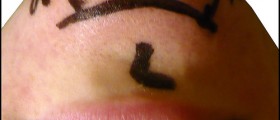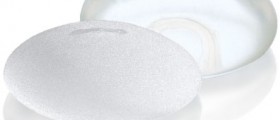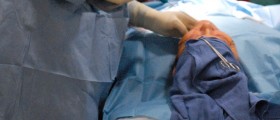
Mastopexy, also known as the breast lift, is a term describing a group of surgical procedures used to change and shape the form of woman’s breasts. Mastopexy is commonly used to reposition the areola and the nipple, to lift the breast tissue and remove the excessive skin. However, the effects of this surgical procedure are usually temporary since women’s breasts suffer constant effects of gravity and aging. Drooping or sagging of the breasts will eventually happen again, and many different factors may affect this process: pregnancy, weight gain, weight loss, rate of aging, etc. Laxity of the superficial fascia, suspensory ligaments and skin causes the sagging of the breasts, and this condition is medically known as ptosis of the breasts. Most of the women seeking mastopexy are greatly affected by ptosis.
Who can benefit from mastopexy?
Mastopexy is a highly individualized surgical procedure. To get the most of the benefits from the breast lift, a woman should first consider if this is a good option for her. The most important thing to understand is that mastopexy cannot change the size of breasts or round out their upper part. A woman is a proper candidate for mastopexy if she is physically healthy and maintains a stable weight. Severe fluctuations in weight can drastically shorten the positive effects of this surgical procedure. A woman should consider mastopexy if she feels bothered and unsecure because of the shape of her breasts, especially if breasts have a flatter, elongated shape or are pendulous. Mastopexy can be a good option if woman’s breasts fall below the breast crease when unsupported, or if the nipples and areolas point downward. Mastopexy may help if a woman has stretched skin and enlarged areolas or if one breast is noticeably lower than the other.
How is mastopexy done?
In most of the cases woman will receive anesthetic and will sleep throughout the procedure. The different incision pattern may be used, depending of the amount of skin and position of the nipples. After the incision is made, the breast tissue is repositioned and reshaped, while the excessive skin is removed. Usually, the nipple and areola are repositioned and sometimes the size of the areola is reduced. The remaining skin will be tightened, and the incisions will be closed.
After the surgery woman will be taken to the recovery room. Sometimes, the small tubes are used on woman’s breasts to help drain excess fluid. In most of the cases woman will leave the hospital in a couple of hours. A woman will need someone’s assistance and support for at least 24 hours.
















Your thoughts on this
Loading...